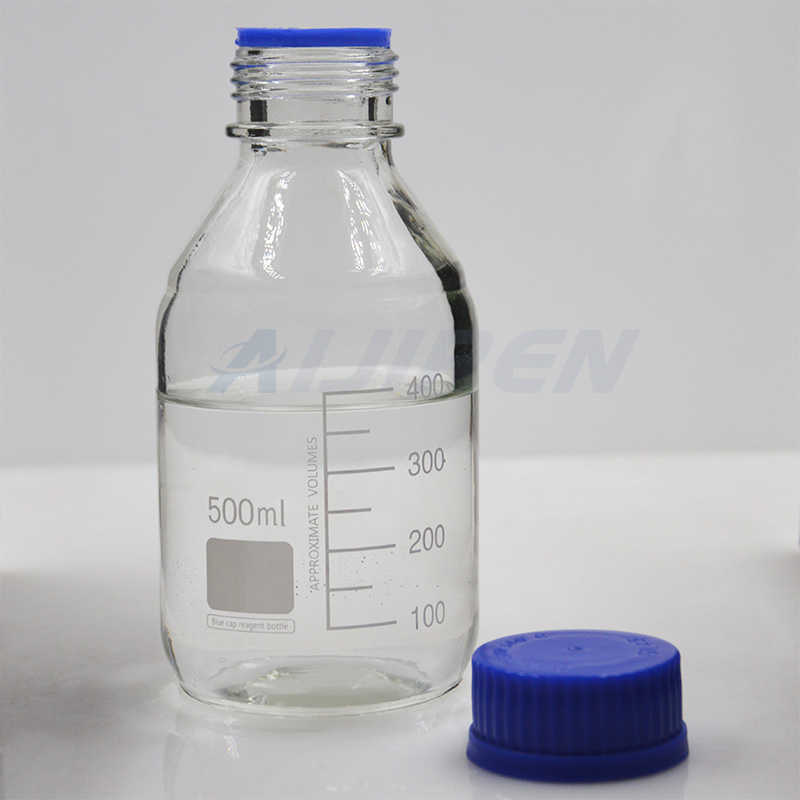
Oct 7, 2020 · In this study, we take a comprehensive approach to combat analyte adsorption by showing the significance of utilizing low-bind vials and adsorption competitors to greatly improve upon signal sensitivity at low concentrations of target molecules.
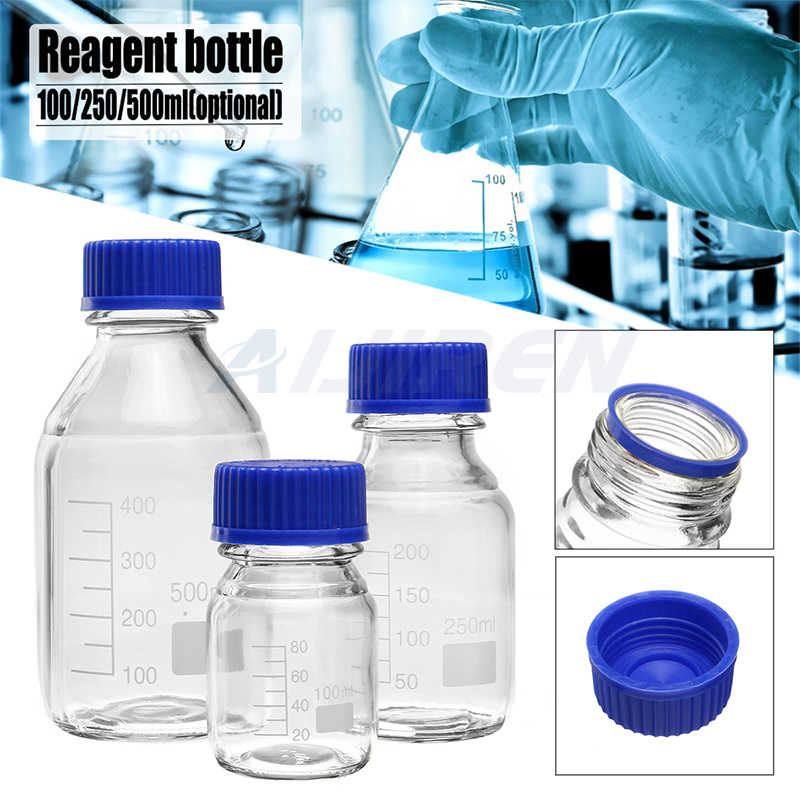
Oct 25, 2016 · In GC applications, the accumulation of nonvolatile interferences in the inlet and at the head of the GC column can lead to active site formation, analyte degradation, and result in retention time shift and poor quantitation. To solve these issues, an appropriate sample preparation method must be judiciously selected and employed prior to
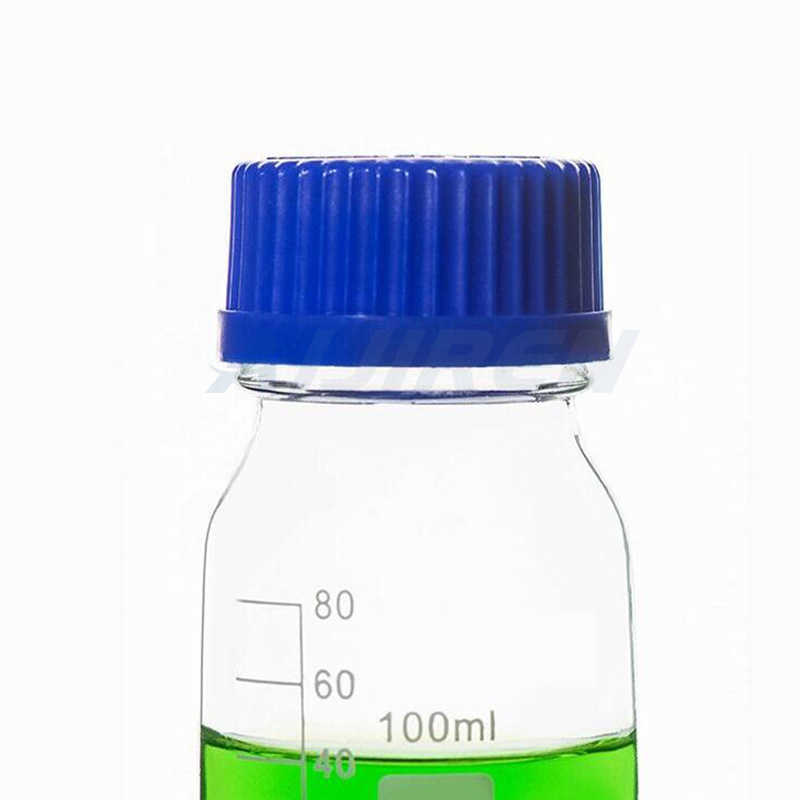
Apr 10, 2015 · Another reason could be that lower organic content at the initial eluting time may affect the ESI ionization (Li et al., 2015). The decrease effects of late eluting pesticides (isofenphos-methyl, fonofos, sulfotep, and phorate) may be due to certain specific surface adsorption in the system (such as sample loop, sample vial, and flow patch) during the detection process rather than electrospray
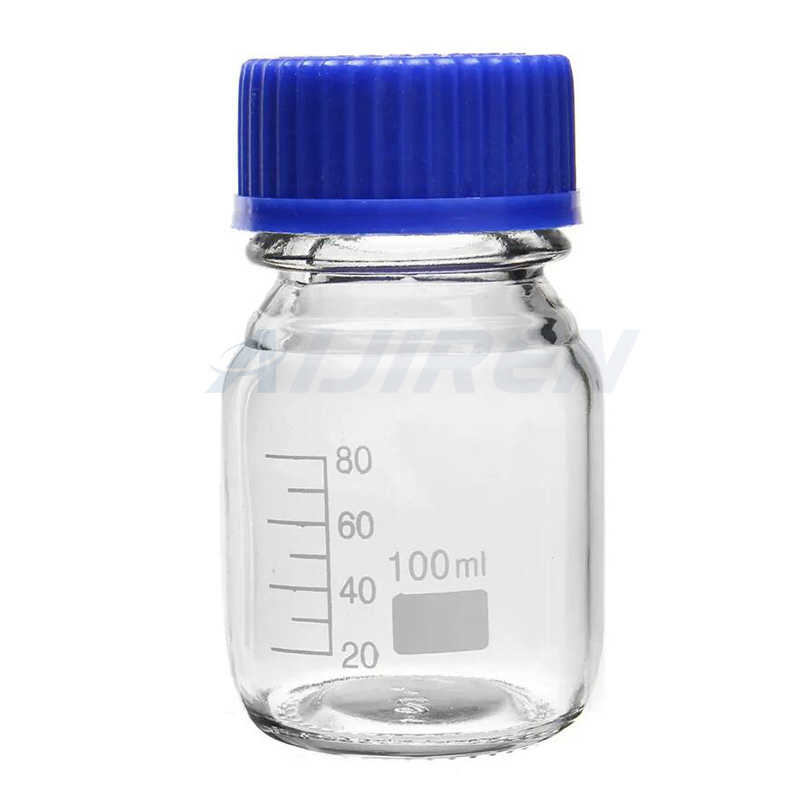
Oct 17, 2018 · All solutions were prepared only once. Each solution was transferred into four different types of vials as listed in “Materials and Reagents”. For each vial type, 1.0 mL of a prepared solution was added into two separate vials using plastic disposable pipette. For each vial, three consecutive injections were made using the chromatographic
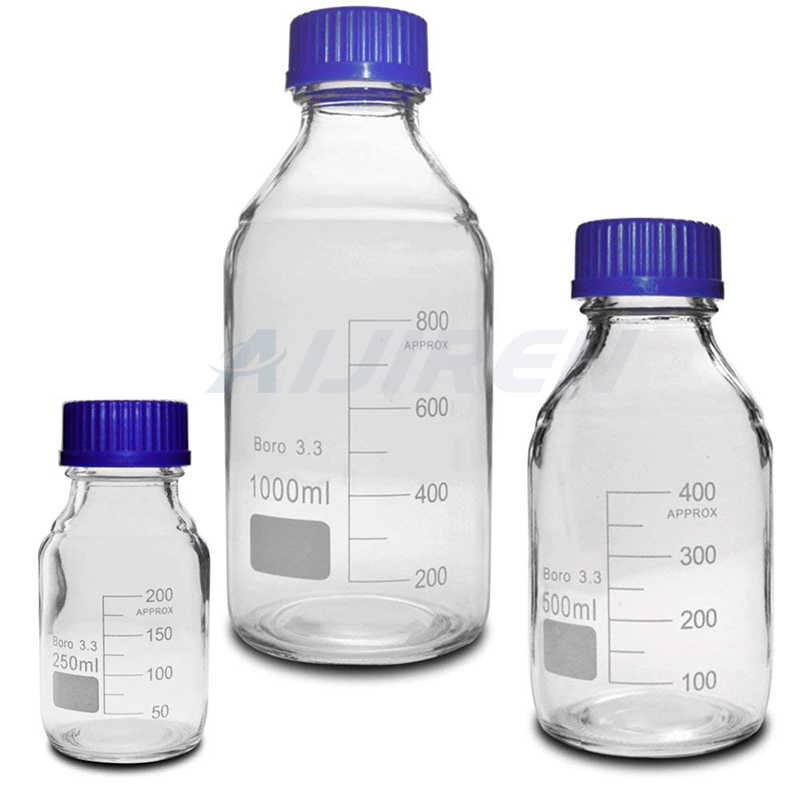
As previously reported, some types of vials can cause non-specific adsorption or degradation of pharmaceuticals. 1–5 The data shown here compares three types of vials for the analysis of two small molecule pharmaceuticals, drospirenone, and lovastatin. Solutions of these active pharmaceutical ingredients are shown to be stable when stored in
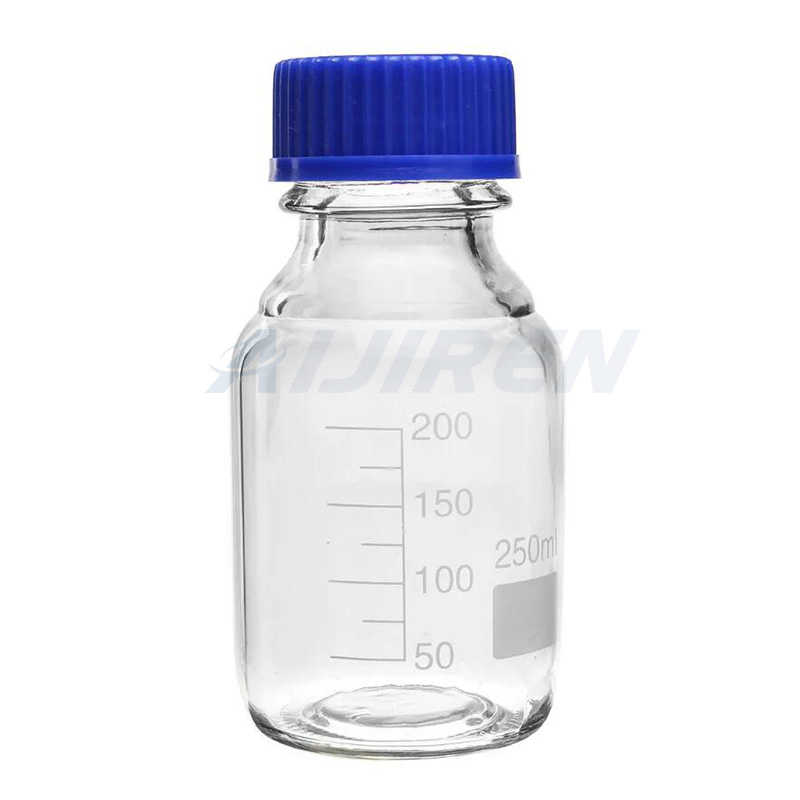
Sep 5, 2014 · 10.1016/j.chroma.2014.06.072 In the drug-discovery setting, the development of new peptide and protein-based biopharmaceuticals attracts increased attention from the pharmaceutical industry and consequently demands the development of high-throughput LC-MS methods.
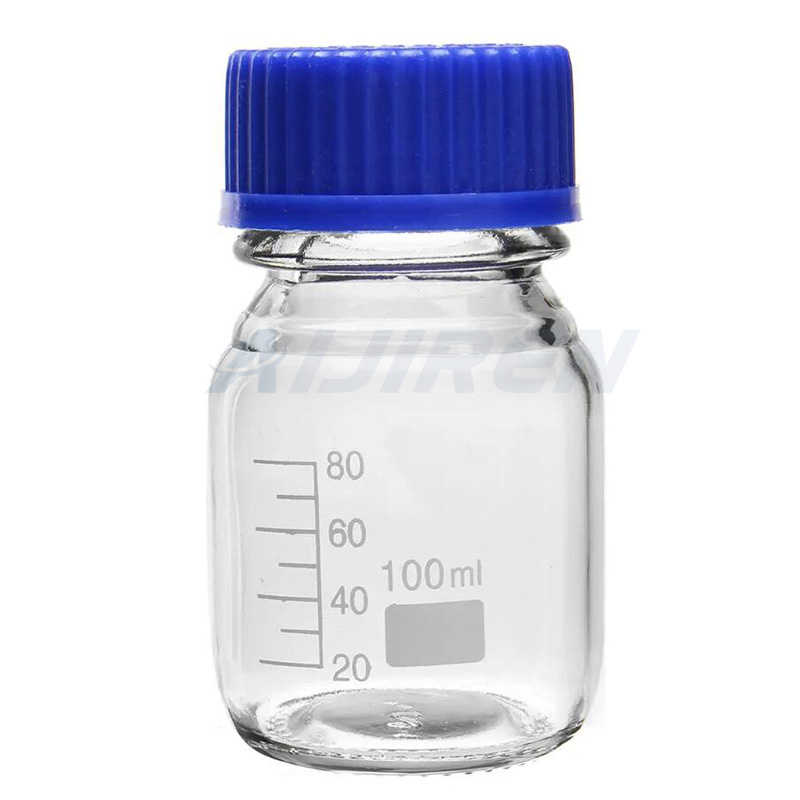
Mar 15, 2022 · In this article we propose a practical protocol to systematically identify and quantify the sources of low analyte recovery. This allows the proper choice of strategies to optimize the relevant bioanalytical conditions to minimize analyte losses and improve overall recovery.
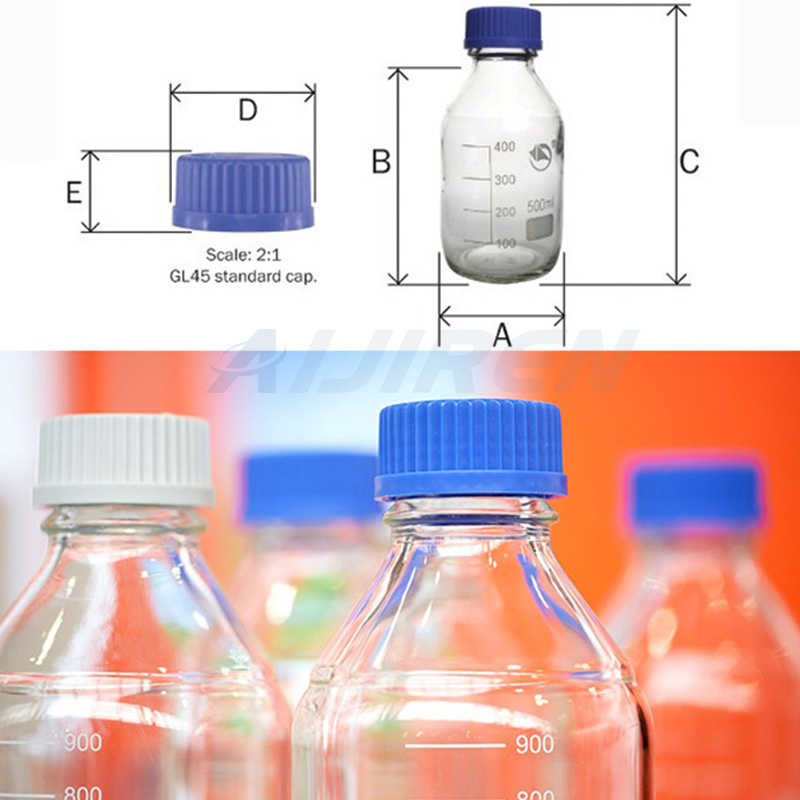
This application note demonstrate that the use of an inappropriate vial can cause analyte adsorption or degradation, potentially leading to out of specification (OOS) results also describes how the type of glass vial selected can impact sample stability, demonstrated for lactone-containing analytes.
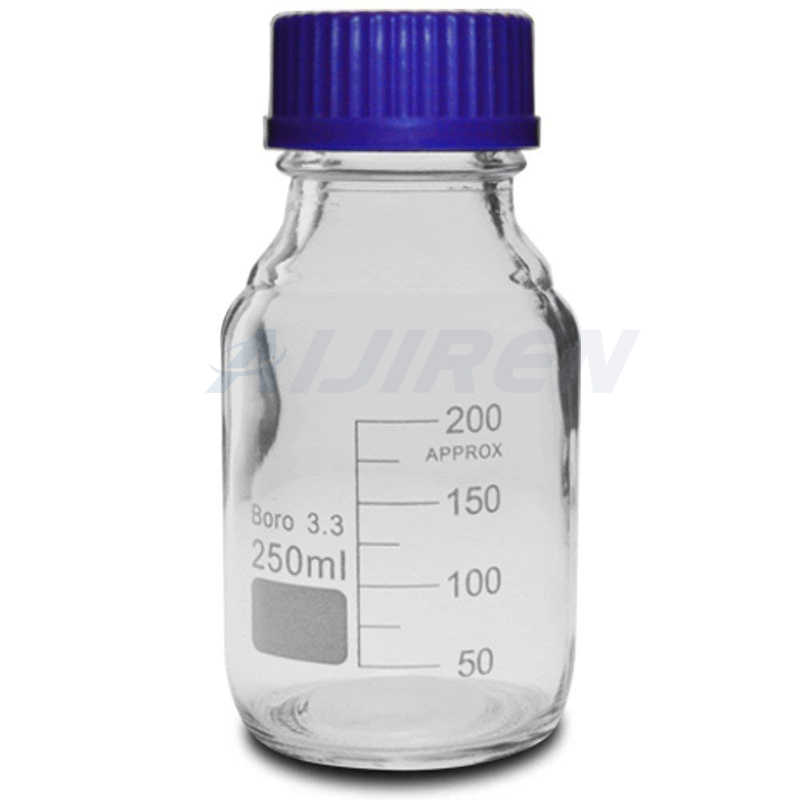
Aug 20, 2020 · The analyte concentration and sample volume will also influence analyte recovery. Each surface has a finite number of active sites, therefore for the same vial a similar amount of analyte will be lost regardless of the sample and will cause the biggest problems for low volume and low concentration samples.
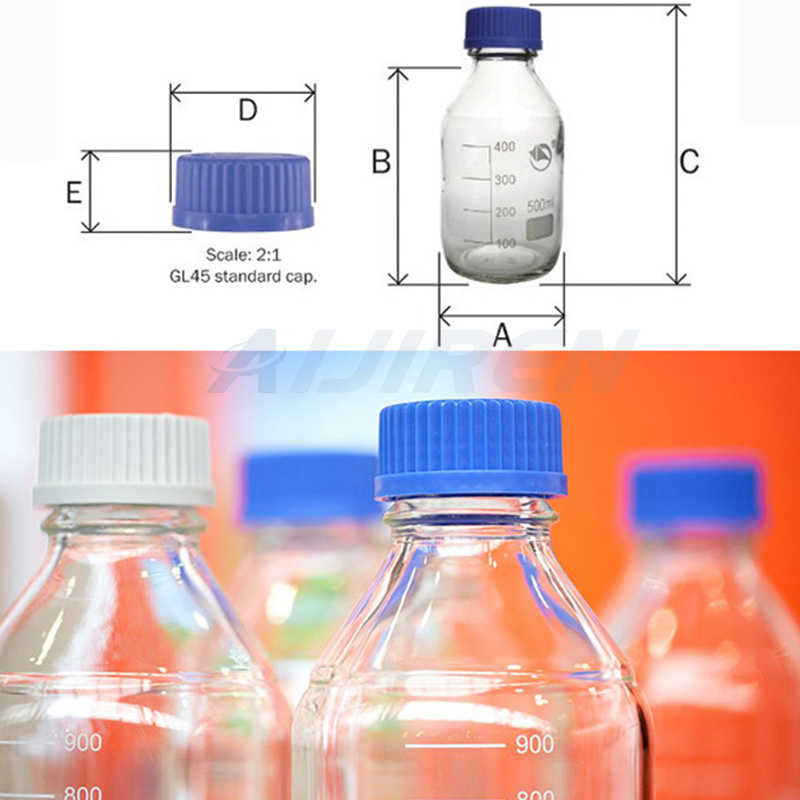
Apr 1, 2009 · In addition, peptide recovery using a variety of sample vial materials was compared, which demonstrated either little difference between sample vials [15] or improved recovery of peptides using
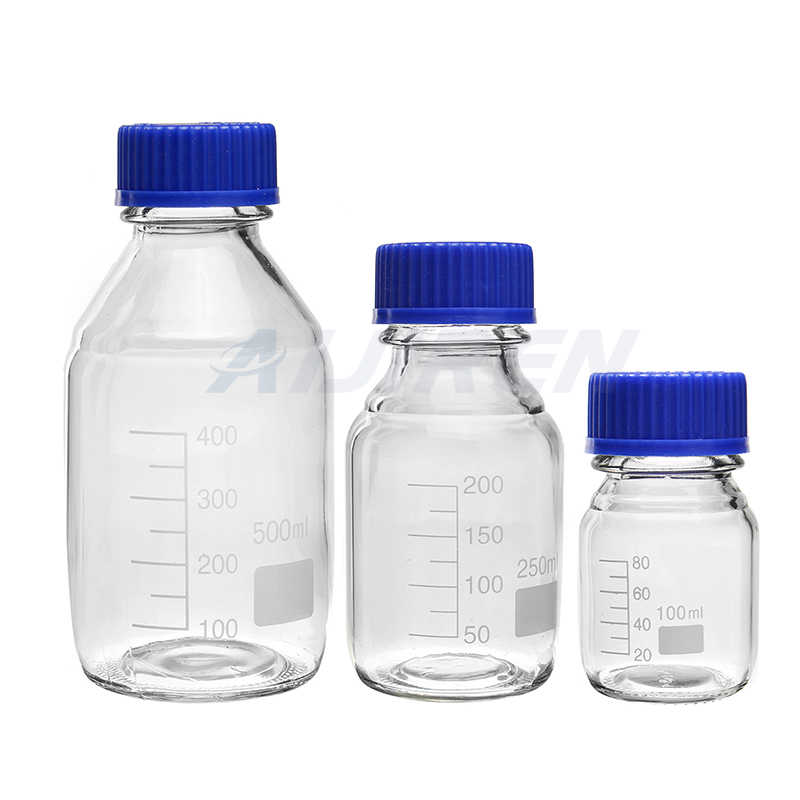
The Chapters are further organized by sample types so that gaseous samples are first (Chapter 6) followed by liquid samples (or samples put into a liquid form) (Chapters 7-12), solid samples (Chapter 14), biological samples (nucleic acids and proteins)(Chapter 15), biological fluids/tissues (Chapter 16) and then special topics such as sample
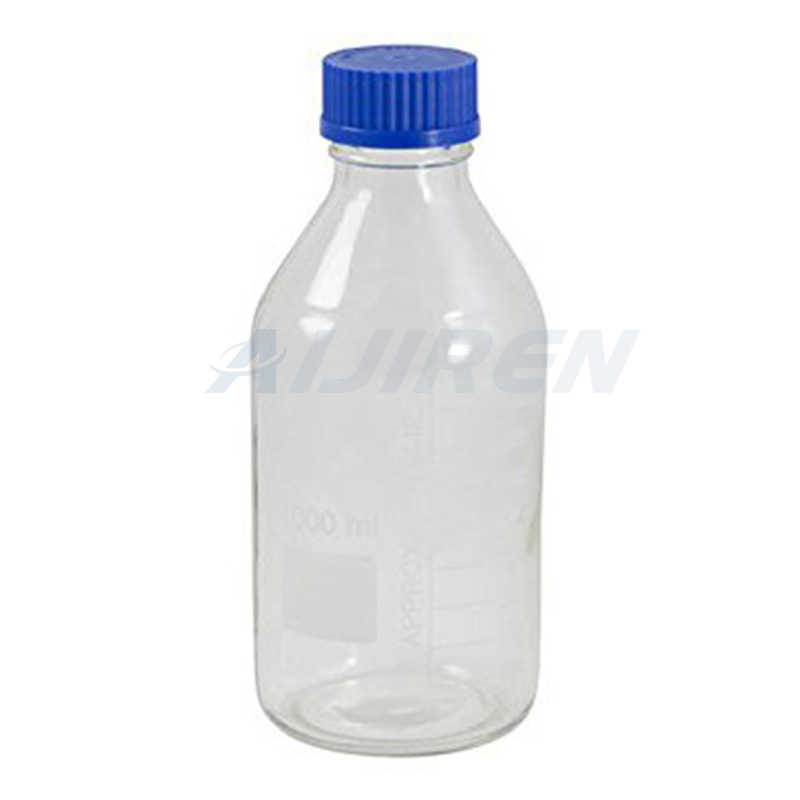
May 24, 2018 · An appropriate control strategy may comprise one or more elements of raw material, in-process and manufacturing controls. Additionally, understanding the role, if any, polysorbates play during stability will require knowledge of the criticality of the excipient, based upon its impact on CQAs due to variations in concentration and degradation level.
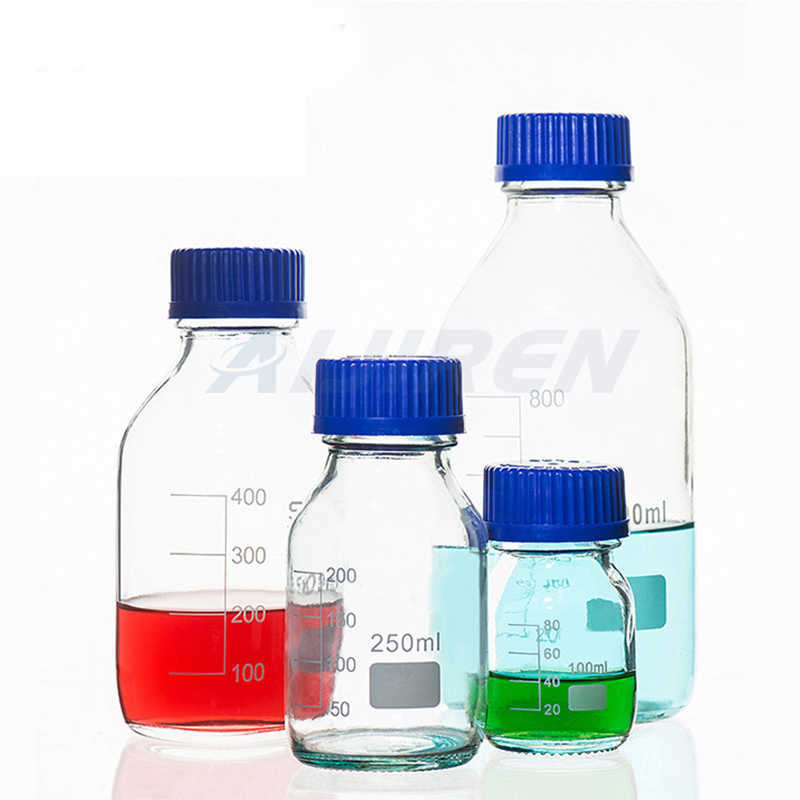
inappropriate vial can cause analyte adsorption or degradation, potentially leading to out of specification (OOS) results. In this work we show how the type of glass vial selected can impact sample stability, demonstrated for lactone-containing analytes. Lactones are subject to hydrolysis of the ester group leading to the formation of a hydroxy
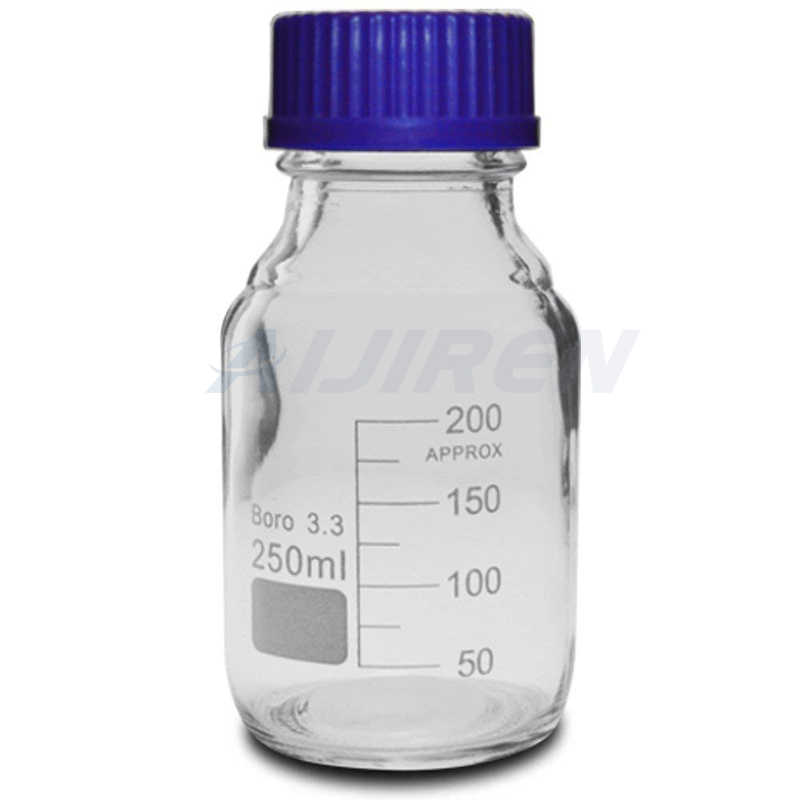
Feb 23, 2015 · PDF | On Feb 23, 2015, Wei Li and others published The role of methanol addition to water samples in reducing analyte adsorption and matrix effects in liquid chromatography-tandem mass
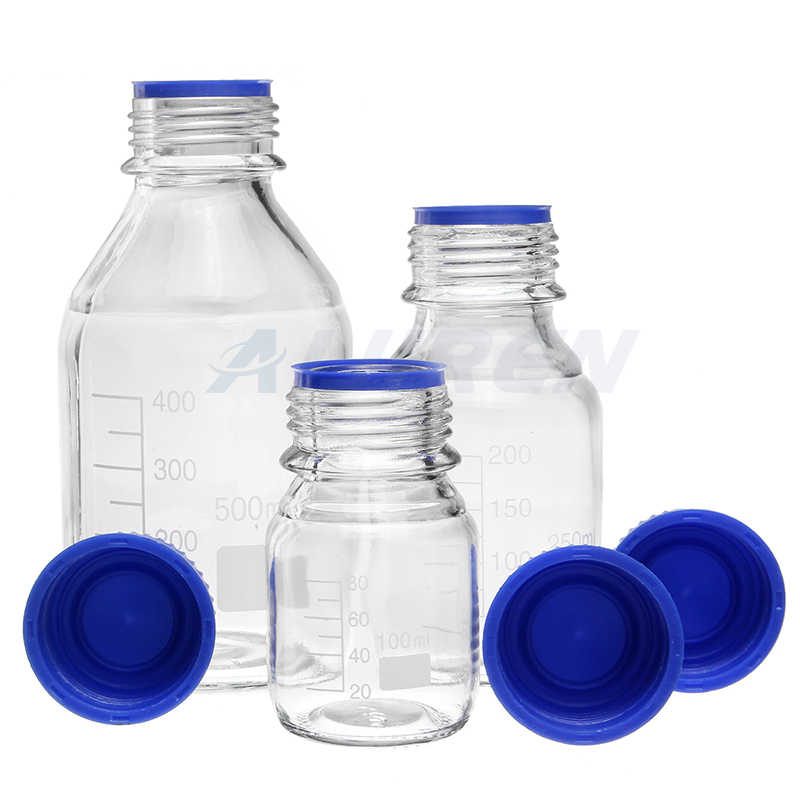
Apr 15, 2023 · Nonspecific adsorption of analytes is not reserved to metallic surfaces, as analytes may adsorb to the surfaces of filters, tubes, and pipette tips during sample preparation. Identifying the source of nonspecific interactions is paramount, as mitigation strategies may differ depending on what stage nonspecific losses are taking place.